
Berberis vulgaris 'Atropurpurea' Berberis vulgaris Barberry) redzet.eu
Ecology Berberis species are used as food plants by the larvae of some Lepidoptera species, including the moths barberry carpet moth ( Pareulype berberata ), and mottled pug ( Eupithecia exiguata ). [citation needed] Berberis species can infect wheat with stem rust, a serious fungal disease of wheat and related grains. [13]
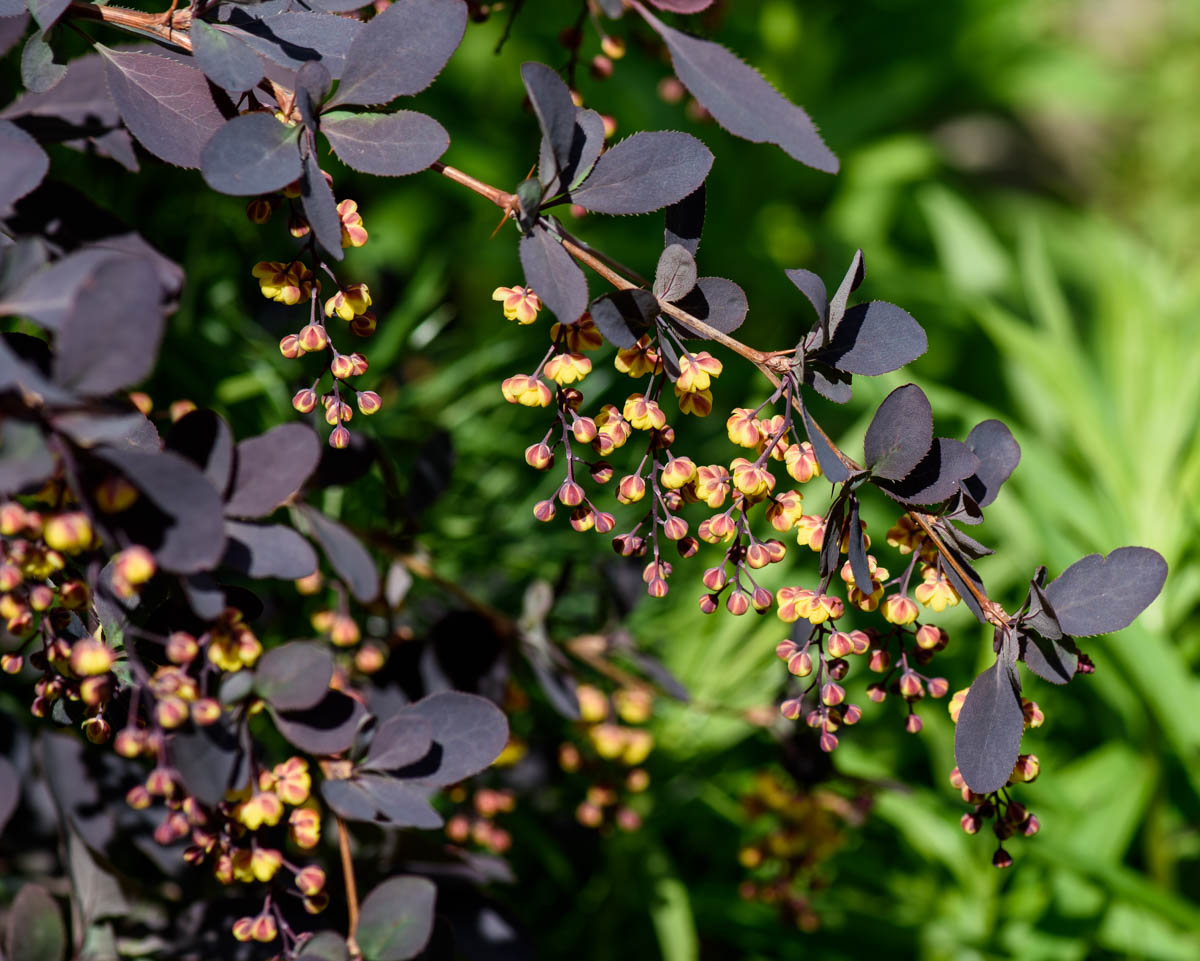
Berberis vulgaris f. atropurpurea Изображение особи Плантариум
Description It is a deciduous shrub growing up to 4 metres (13 feet) high. The leaves are small oval, 2-5 centimetres ( 3⁄4 -2 inches) long and 1-2 centimetres ( 1⁄2 - 3⁄4 in) broad, with a serrated margin; they are borne in clusters of 2-5 together, subtended by a three-branched spine 3-8 millimetres ( 1⁄8 - 5⁄16 in) long.

The European Barberry A Plant That Makes Complex Decisions The Global Fool
Fast and Free Shipping On Many Items You Love On eBay. Looking For Berberis? We Have Almost Everything On eBay.

Dracila Berberis vulgaris Atropurpurea AgroDenmar.ro
Genus description. Berberis can be deciduous or evergreen shrubs with spiny shoots bearing simple, often spine-toothed leaves, and small yellow or orange flowers in axillary clusters or racemes, followed by small berries. Name status. Accepted. Advertise here. Find help & information on Berberis vulgaris 'Atropurpurea' purple-leaf barberry from.
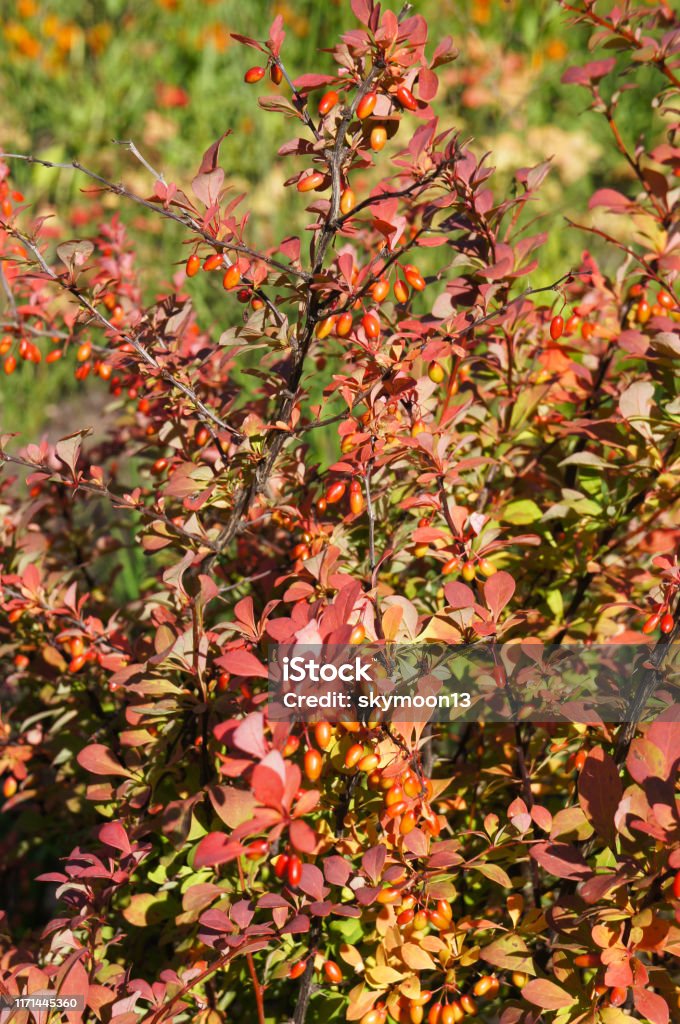
Berberis Vulgaris Atropurpurea Red Barberry Shrub Stock Photo Download Image Now Autumn
PERENNIALLE PLANTS - phone: 0427077798. 52 Rodd St Canowindra NSW 2804. An online nursery specialising in drought and frost tolerant perennials and fragrant, edible and herbs. www.perennialle.com.au. Berberis thunbergii is the Japanese Barberry or Red Berberis. Ornamental shrubs, used as hedging plants, a number of cultivars are available for sale.

Berberis atropurpurea Vivero El Progreso
'As ornamental shrubs, the barberries have many good qualities and several of them are in the very first rank of garden plants. They prefer warm, loamy soil, but are by no means fastidious,' says the international experts at Trees and Shrubs Online. Berberis x stenophylla (Image credit: Rex May/Alamy Stock Photo) Barberry key facts:
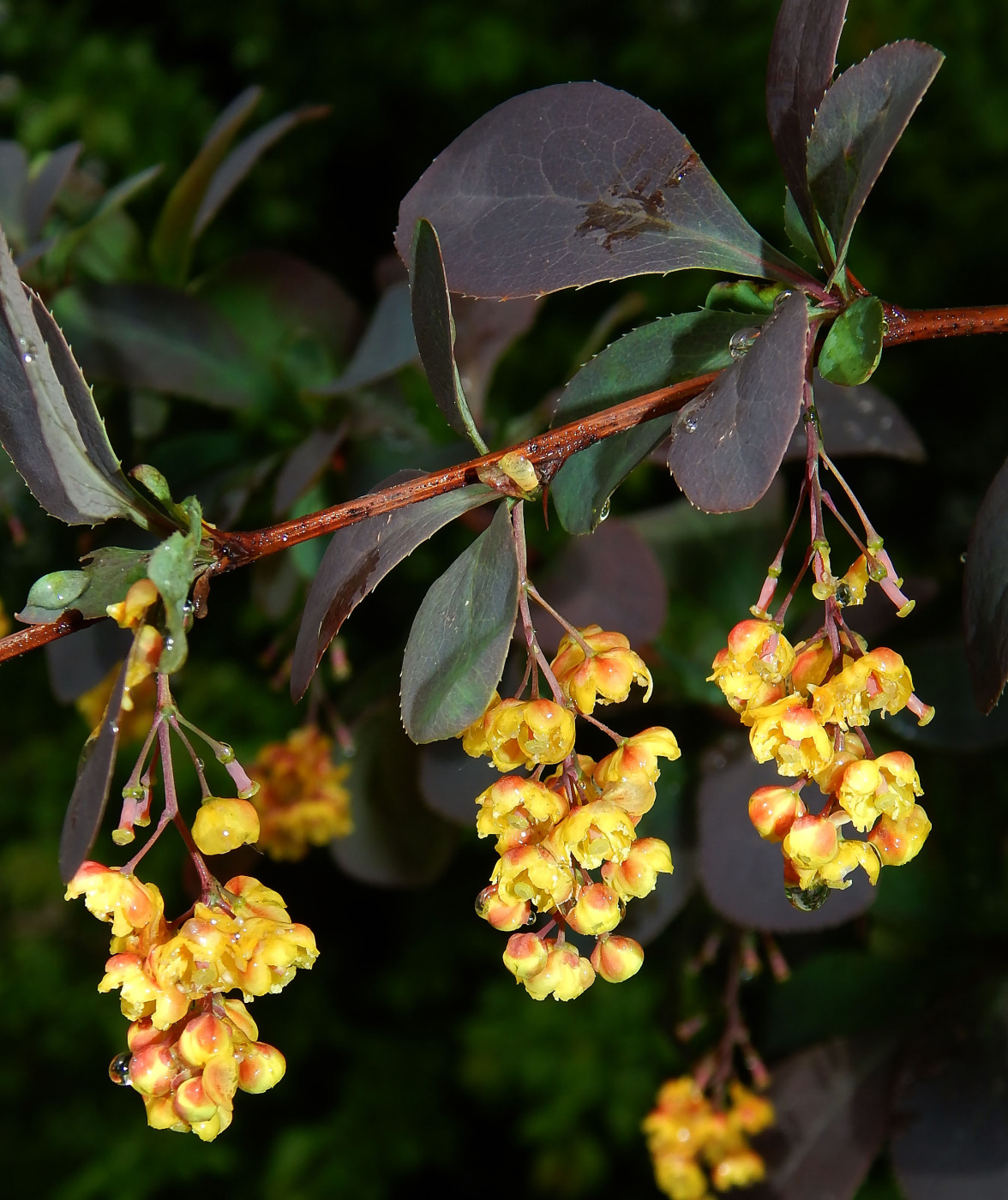
Berberis vulgaris f. atropurpurea Изображение особи Плантариум
Berberis thunbergii f. atropurpurea If planting berberis as a specimen, dig a generous hole, adding in some fertiliser and mycorrhizal fungi, back fill and water thoroughly. Propagating berberis Berberis are generally propagated by semi-ripe cuttings, taken in late summer or early autumn.
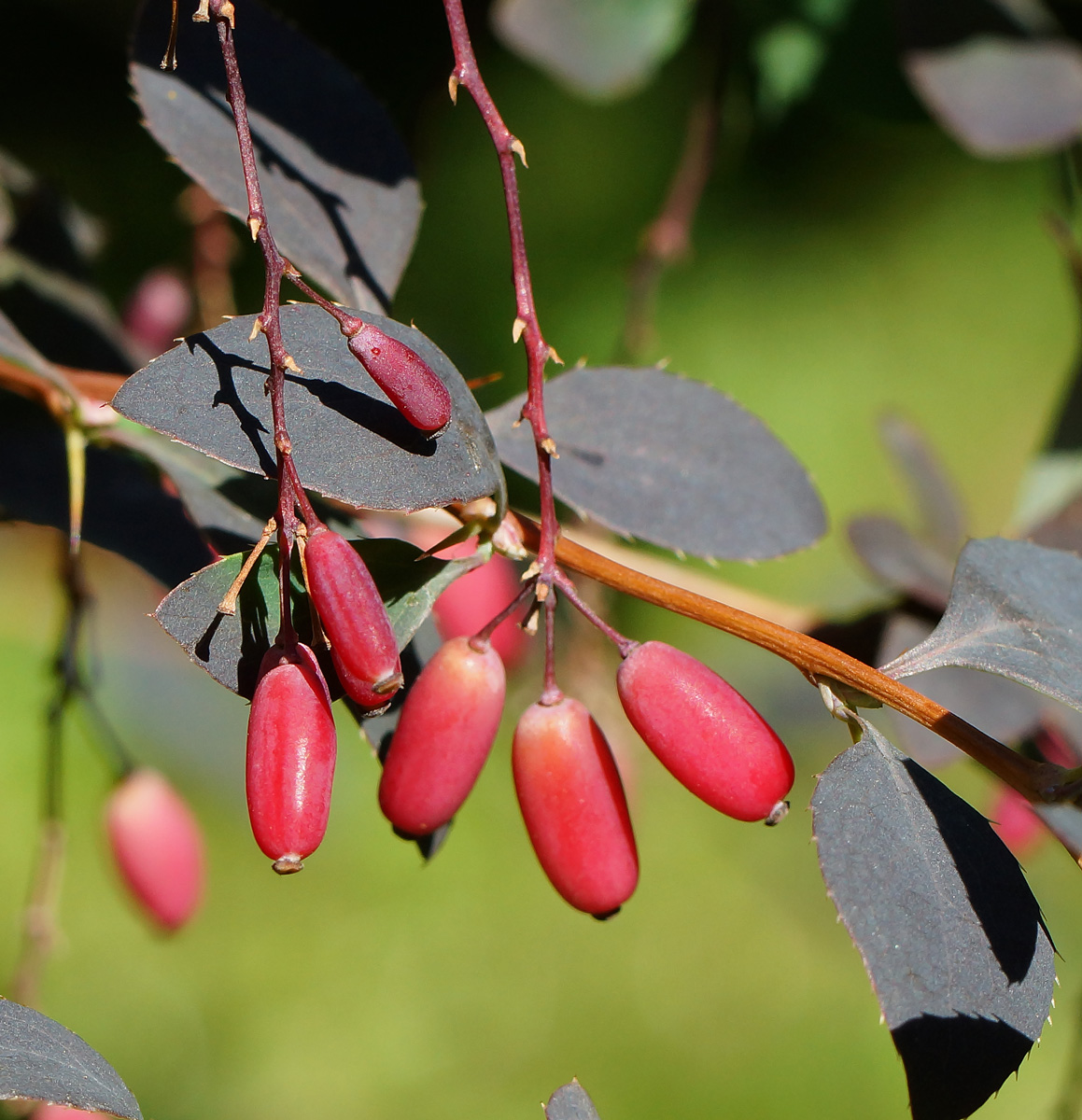
Berberis vulgaris f. atropurpurea Изображение особи Плантариум
A vigorous, bushy deciduous shrub about 1m tall, with rounded, dark reddish-purple or purplish-bronze leaves to 3cm long that turn red in autumn; small red-tinged, pale yellow flowers in spring are followed by glossy red autumn berries Synonyms Berberis thunbergii 'Atropurpureum' Berberis atropurpurea Join the RHS today and save 25% Join now © RHS
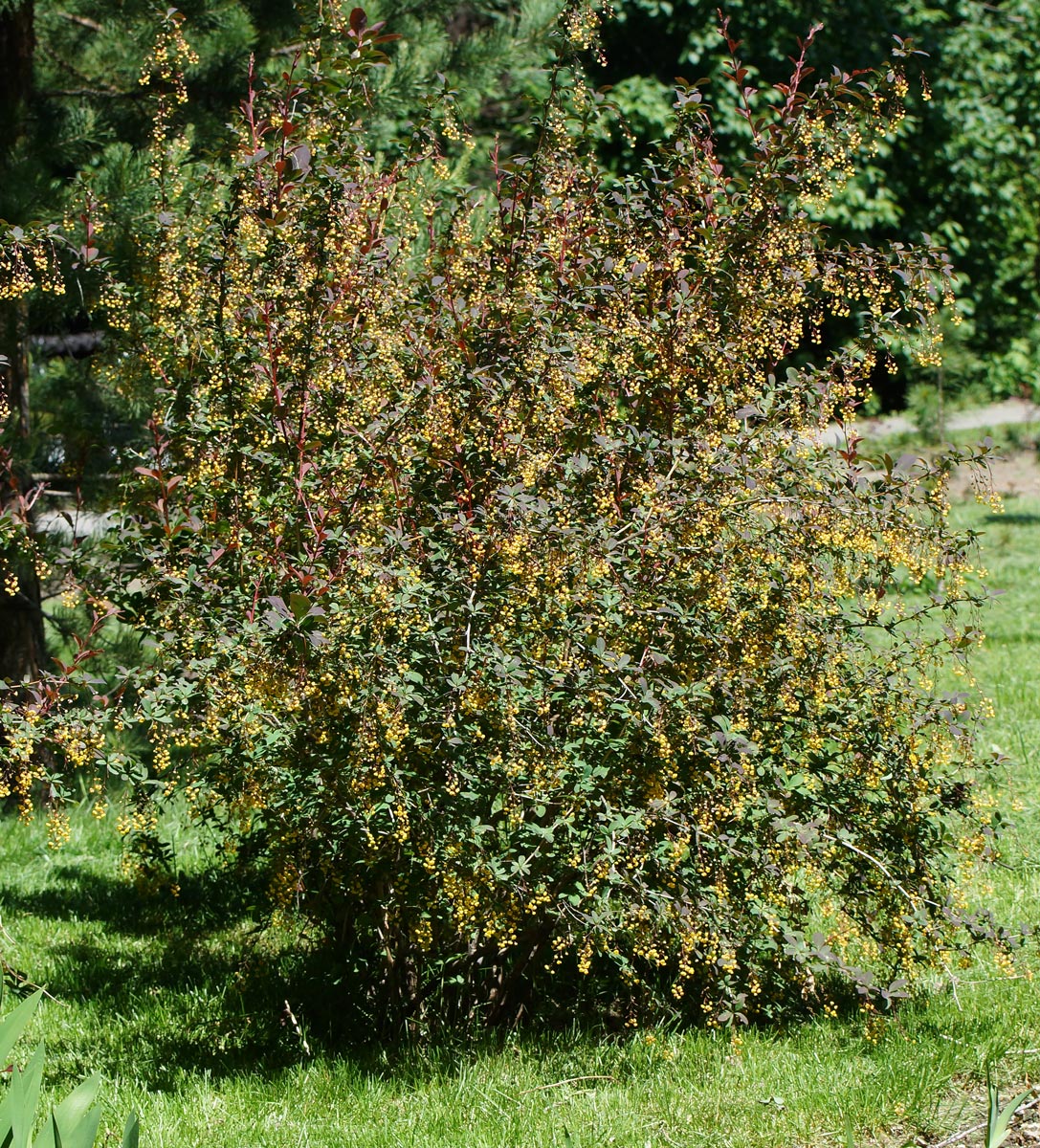
Berberis vulgaris f. atropurpurea Изображение особи Плантариум
Dig the planting hole twice as wide and to the same depth as the root-ball. Remove the tree from the container, gently tease the roots. Position in hole and backfill with soil, gently firming down. Form a raised or doughnut shaped ring of soil around the outer edge of the plant's root zone.
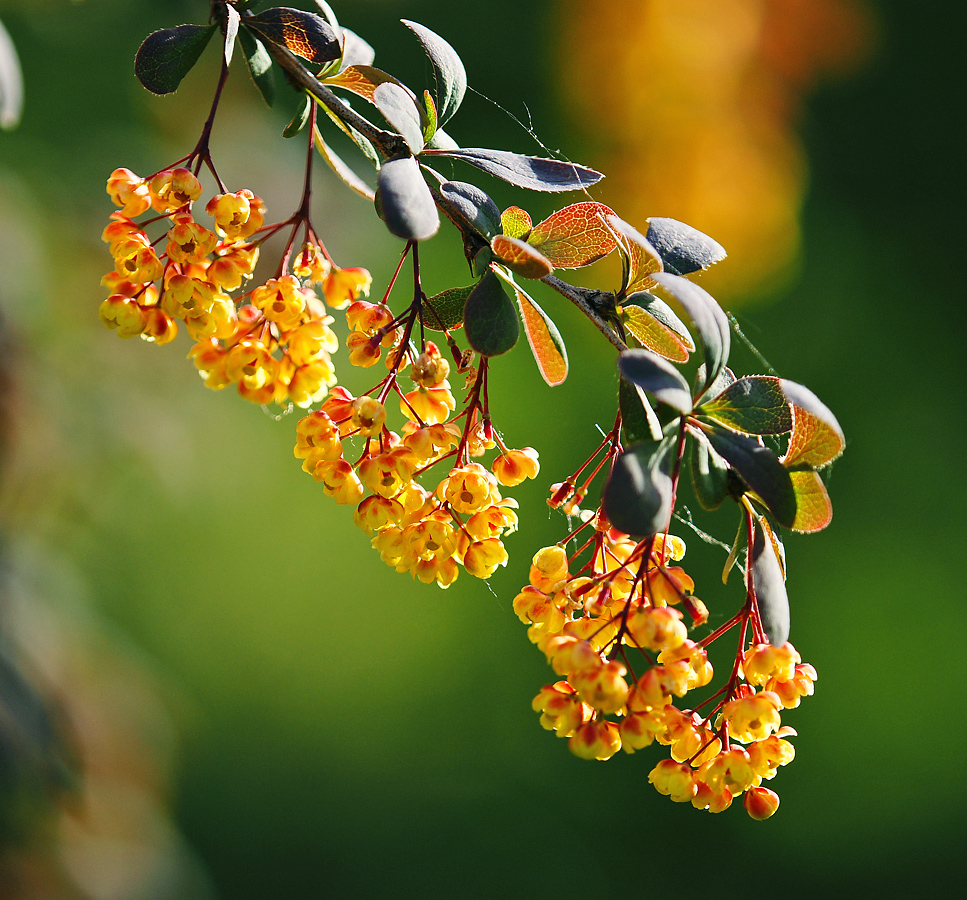
Berberis vulgaris f. atropurpurea Изображение особи Плантариум
Berberis thunbergii 'Atropurpurea Superba' Appears like a large growing variant of 'Atropurpurea' with good form and larger bronze-red leaves. This is probably b. × ottawensis Schneid. 'Superba' ( b. thunbergii × b. vulgaris); it grows to 2.5 m tall, has leaves 1.5-3.5 cm long and berries about 9 mm long and 5 mm wide.
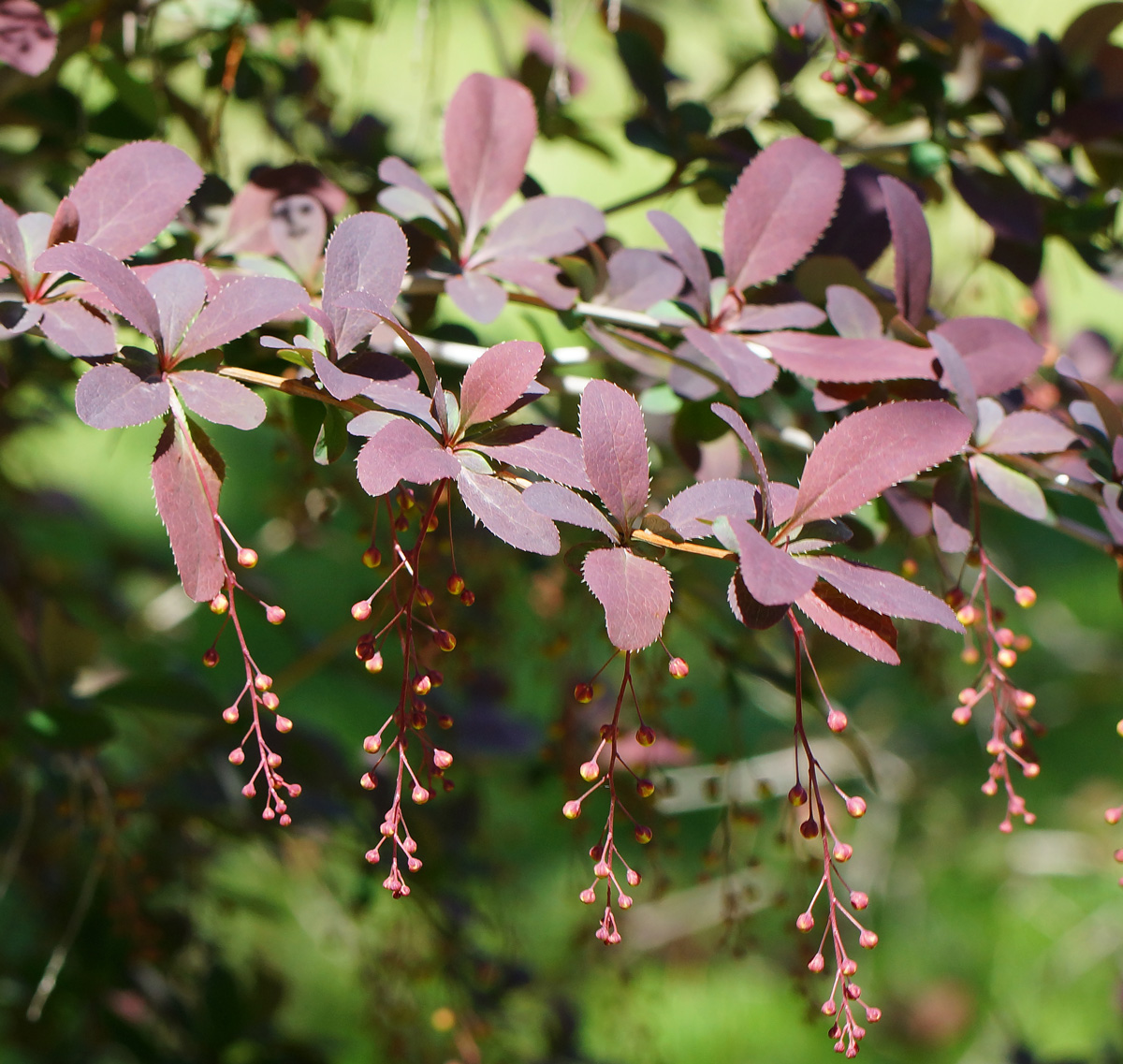
Berberis vulgaris f. atropurpurea Изображение особи Плантариум
A taxonomic authority (ITIS) lists the name Berberis thunbergii var. atropurpurea as "not accepted" and a synonym of the species, Berberis thunbergii. In other words atropurpurea is not a taxonomic rank so that a red/purple leafed plant might be designated as a selection, hence Berberis thunbergii 'Atropurpurea'.

Berberis vulgaris 'Atropurpurea' 001 Berberis vulgaris Wikipedia, la enciclopedia libre
From Wikipedia, the free encyclopedia Berberis thunbergiiThunberg's barberry [1] in the barberry family Berberidaceae, to Japan and eastern Asia, though widely naturalized in China and North America, where it has become a problematic invasive in many places, leading to declines in species diversity, increased tick habitat, and soil changes.
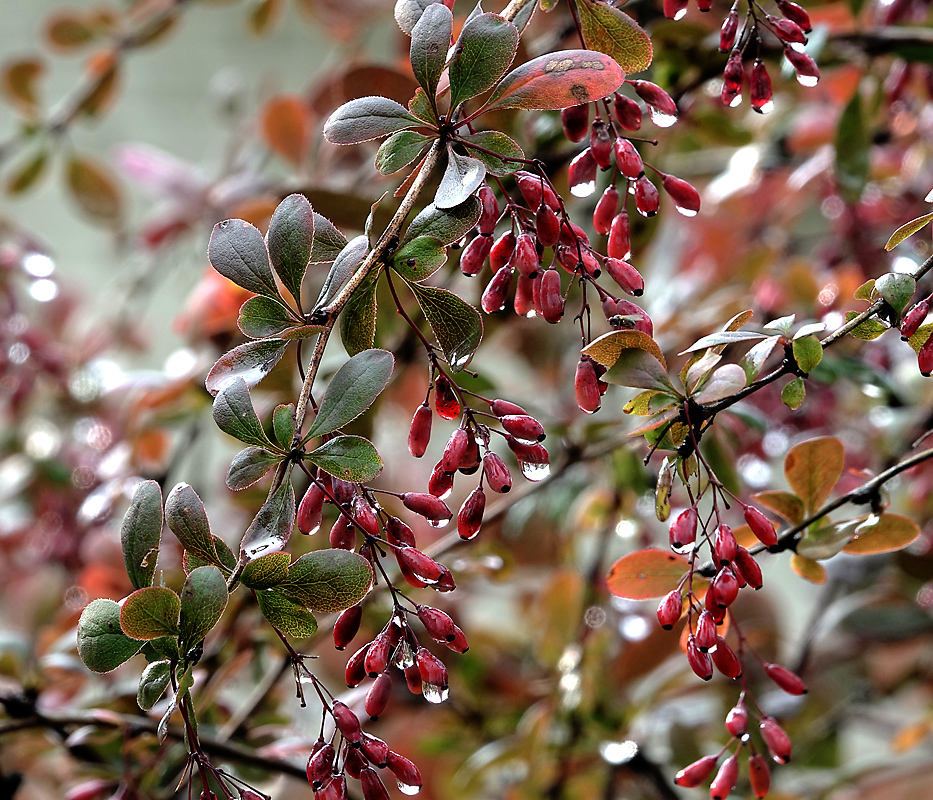
Berberis vulgaris f. atropurpurea Изображение особи Плантариум
Grows from 12 in. to 6 ft. high and across (30-180 cm), depending on varieties. Performs best in full sun or part shade, in average, dry to medium, well-drained soils. Japanese Barberry is not fussy about soils, provided they are not soggy or wet. Good drainage is essential.
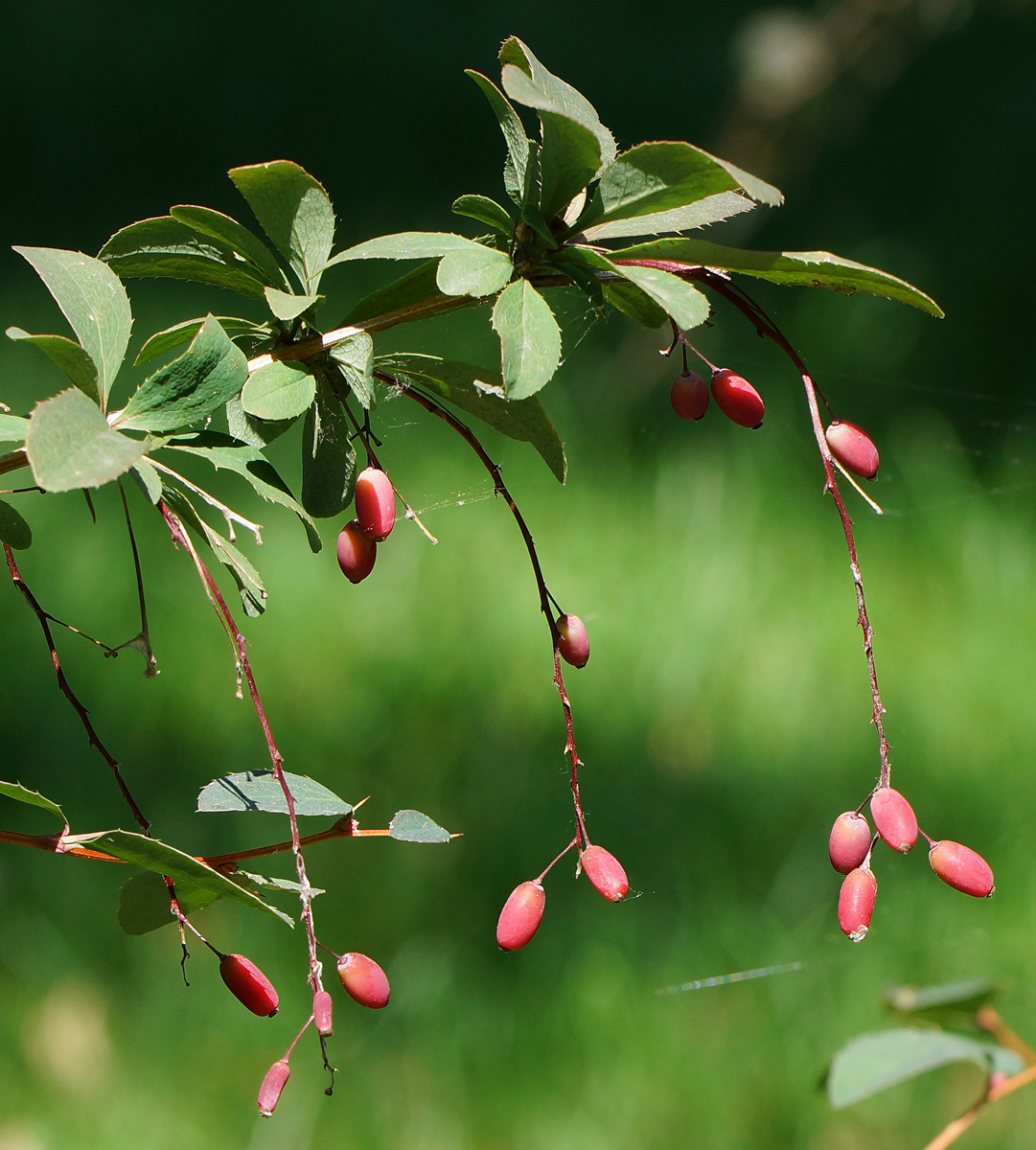
Berberis vulgaris f. atropurpurea Изображение особи Плантариум
Berberis thunbergii f. atropurpurea 'Concorde' is an ornamental plant that adds a splash of color to the landscape throughout the seasons. Its burgundy leaves create a striking visual display, which intensifies to a vibrant red hue during the autumn months. In April and May, the plant delights with clusters of cheerful yellow flowers that gracefully enhance its allure.

PurpleLeaf Barberry (Berberis vulgaris 'Atropurpurea') in the Barberries Database
Berberis thunbergii f. atropurpurea is one of the least demanding and easy to grow of the deciduous barberries. A good shrub for year-round interest, it boasts dark red-purple leaves, which contrast with small, red-tinted, pale-yellow flowers in mid-spring. In autumn the leaves turn a brilliant shade of red before falling.
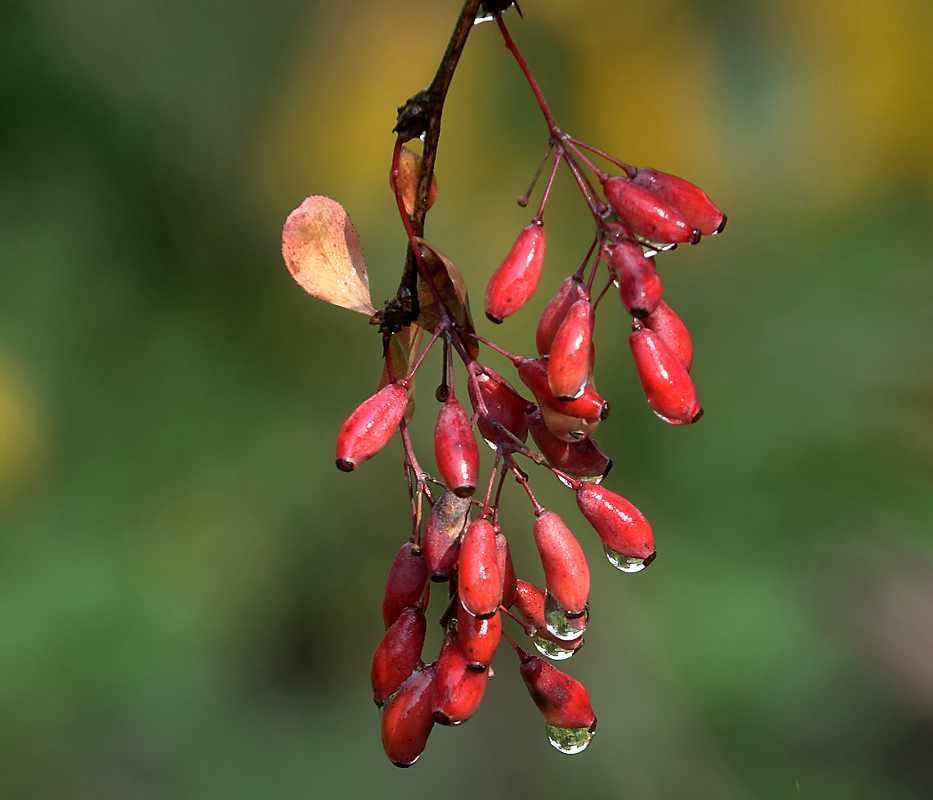
Berberis vulgaris f. atropurpurea Изображение особи Плантариум
Berberis thunbergii or Japanese Barberry is a low growing deciduous shrub that keeps some foliage all year in warmer climes. Stems are densely massed with small spines and neat, round, purply-brown leaves and bell shaped flowers of greenish-yellow with red stripes. They make a good accent specimen and work particualrly well as a low hedge.